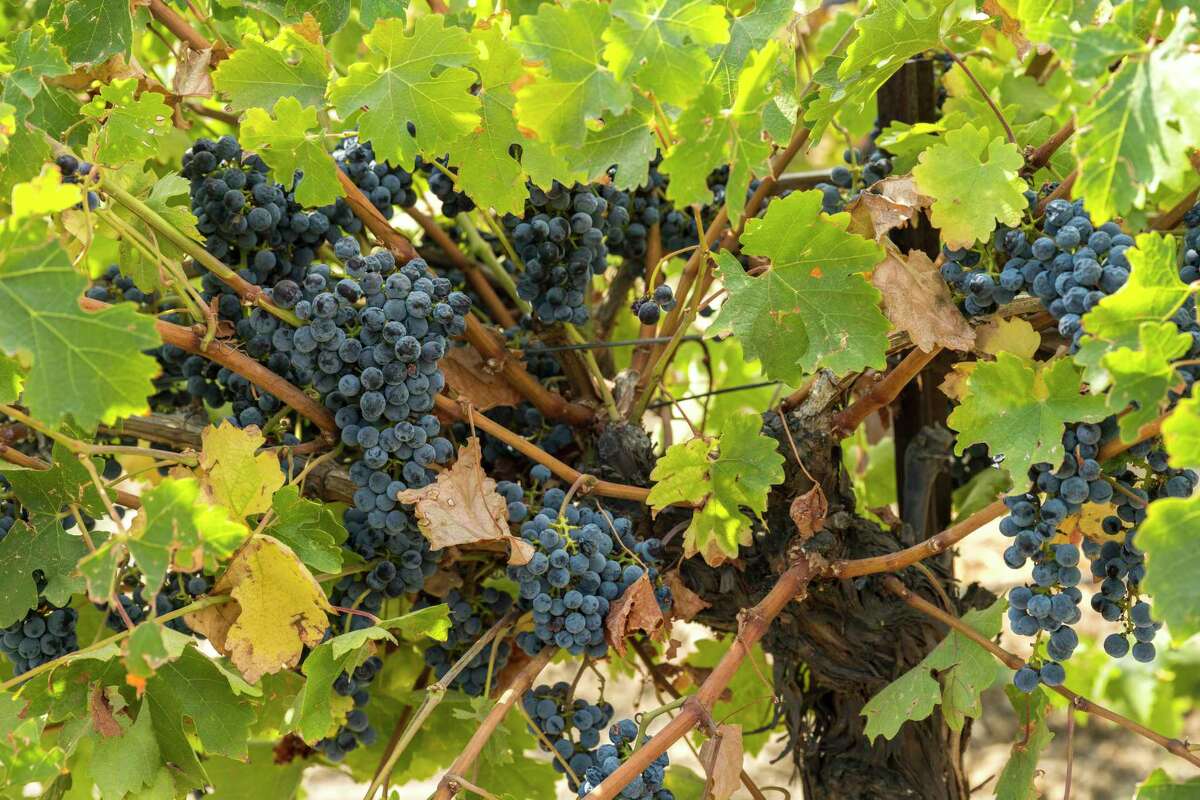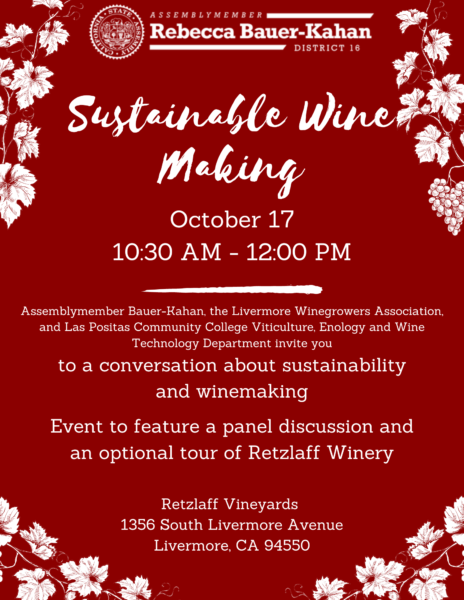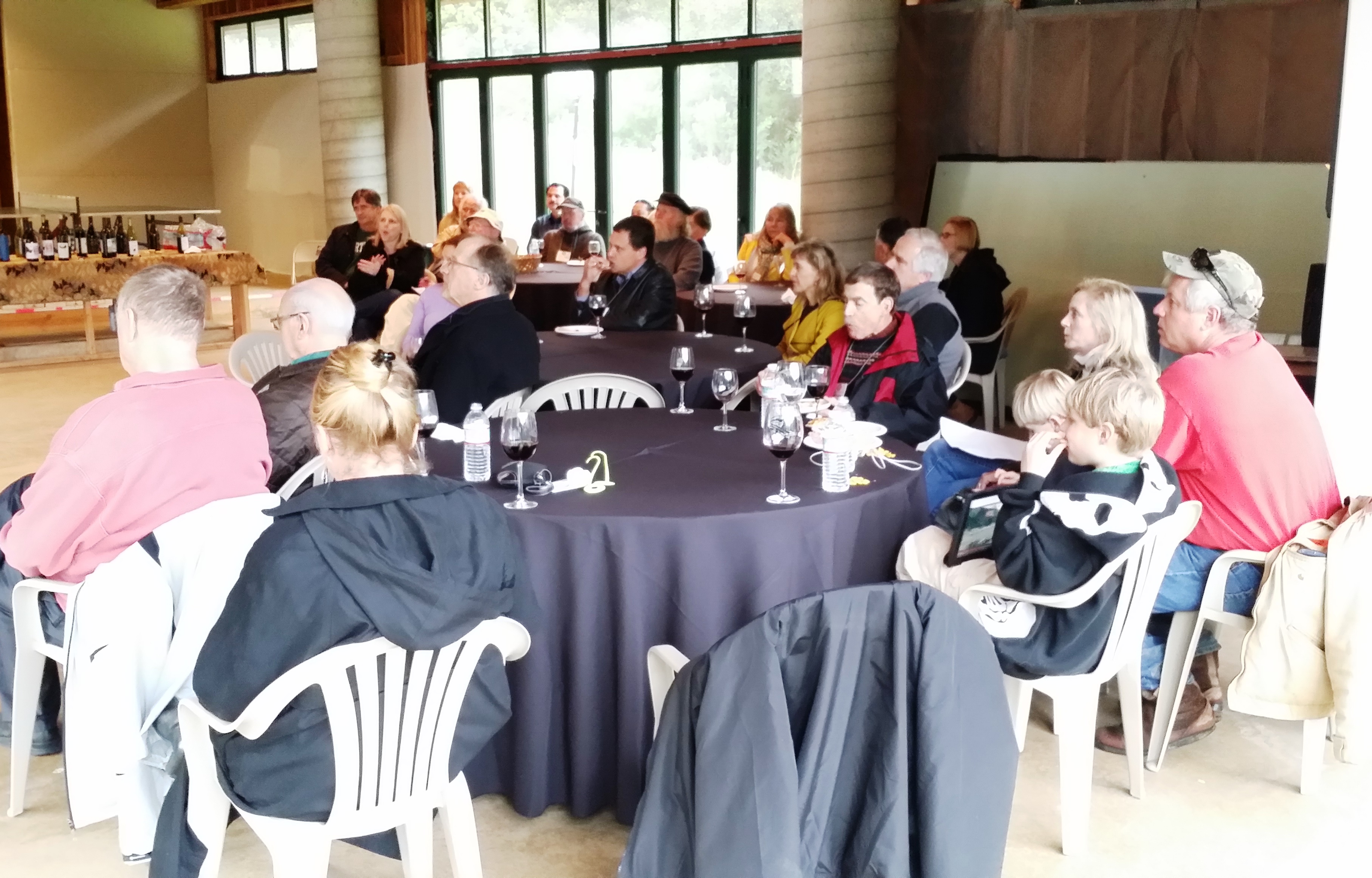Be sure to attend our Fall meeting at Wine Thieves Sunday at 3:00 PM. As is our custom several of our kind members usually bring an hors-d’oeuvre tray or three to accompany the fine wine provided by our other kind members. We hope it stays nice and warm as it has been but bring a jacket just in case?
David Hicks, President







 Celebrating the Lamorinda Appellation Aniversary
Celebrating the Lamorinda Appellation Aniversary